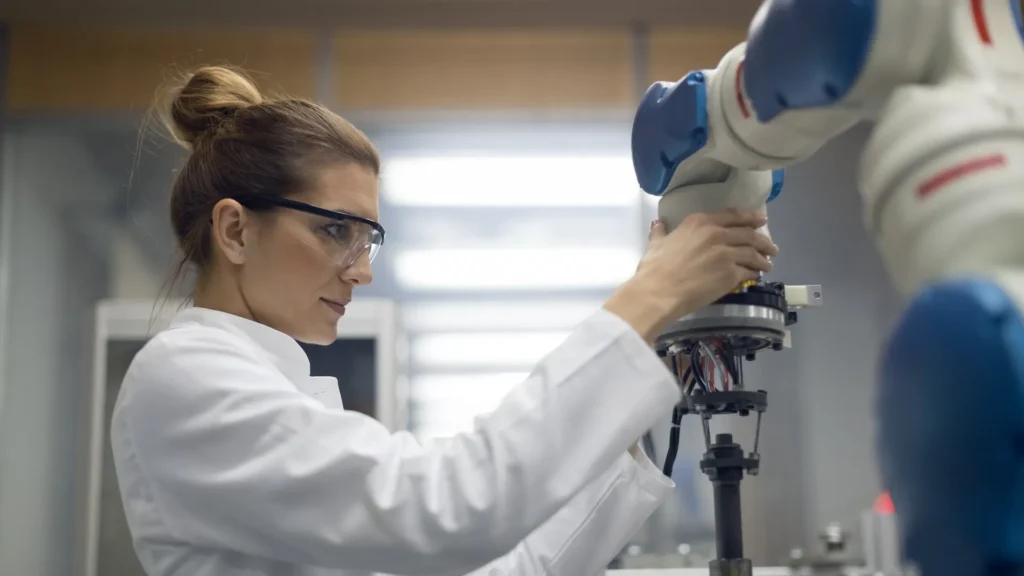For our Summer 2020 update, we asked Chad Kobold, business development director of Bold View Capital about the COVID-19 pandemic’s impact on analytical instrument financing. He shared his experiences over the past several months, and the role financing will play for companies moving forward.
What is your opinion on the current state of the current equipment financing market?
With all the uncertainty around COVID-19, most companies are looking to hold on to as much cash as possible. And this makes good business sense with all the uncertainty in the economy. That being said, it can be a real challenge for lab managers to push through capital expenditures for instrumentation purchases. And this is why we’re seeing the market move towards financing and leasing. We have certainly seen an uptick of financing inquires in Q2 of 2020 and I expect this trajectory will continue through the first quarter of 2021.
What does it mean to lease or finance in the analytical instrument world?
There are two categories of leases: 1) Capital leases – which are similar to financing a home and 2) Operating leases – which are similar to automobile leases. With a capital lease your intention is to own the instrument outright. But similar to a house, you want to make payments over time for the purchase. An operating lease on the other hand is like a long-term rental, with an option to purchase at the fair market value at the end of the lease.
Is one type of lease “better” than the other?
No, they each serve a purpose. The majority of leases that come through Bold View Capital are capital leases, where the client is looking for pure financing. But operating leases can be very beneficial, as well. For example, if the instrument is needed for a specific period of time or if technological advancements occur rapidly – an operational lease might be preferential.
Suppose you have an 18-month project and will not need the instrument after the project concludes. This is a scenario where it does not make sense to own the instrument outright. An operating lease would have the lowest cost of ownership for that project.
Additionally, with some types of instrumentation, technological advancements occur rapidly. In these cases, it may be more beneficial to enter into an operating lease. This is because it allows you to return the older-model instrument at the end of term, and then obtain the new technology as it becomes available.
What are the two most important things you ask a new client that asks about financing?
My first question is, “why do you want to finance?”. Is it to spread the payments over time to reduced monthly payments? Are they looking to own the instrument at the end of term? The answers to these questions help me determine if a capital or operating lease is a better-suited option.
My second question is, “what is the monthly payment amount that you are able to allocate for financing?”. Once a monthly payment is determined, we can crunch the numbers to determine the term duration and other lease details. Most decision-makers enter a financing conversation with an idea of their monthly payment threshold.
What are the best ways to approach your leaders or CFO about leasing or financing?
From my experience, doing adequate research and entering the conversation prepared to answer questions are critical to a positive discussion. The steps I suggest are:
- Justify the need of the instrumentation. It’s always best to be able to quantify the need by clearly showing the return on Investment that the instrumentation will provide.
- Understand your monthly payment. Any financing company will be able to provide you a term sheet which includes an estimated monthly payment and other terms.
- Provide suggestions on where monthly funds can be reallocated from. For example, with the excess travel budget (due to COVID-19 travel restrictions), this could help offset the costs. Or you could analyze the expenses related to sending samples off-site. Maybe this is time to bring this capability in-house?
If my company has never leased or financed before, is it difficult to get approval? Can you explain the process?
First off, most companies do lease. Each year, approximately 7 out of 10 companies will lease some sort of equipment. Even if your department has not leased yet, chances are your company has – and it is likely that this won’t be an entirely new undertaking. But regardless, the process is very straightforward.
- Contact a financing company to obtain a term sheet.
- Upon a credit review, a formal offer can be extended.
- If the offer is accepted, lease documents are signed, and a Purchase Order is placed with the manufacturer.
- Upon shipment of the instrumentation, the lease commences, and monthly payments begin.
If the equipment breaks during the lease, what happens?
The maintenance and repair of the instrument is the responsibility of the lessee. Think of it just like an automobile lease, if something goes wrong, you do not contact the financing company. Instead you contact the manufacturer if it is under warranty, or a service/repair company if it is out of warranty.

